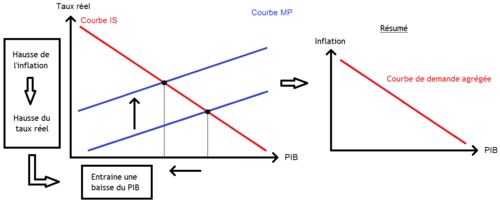Macroeconomics activity and demand/Fiscal policy
From WikiEducator
Using various policies and tools, a government attempts to steer the macroeconomy toward three main goals: full employment, price stability, and economic growth. Here you will begin to explore conflicts and complexities in relation to those policies and tools. Here we will focus on fiscal policy, which consists of taxing and spending, usually done through acts involving Congress (in the U.S.) or comparable legislative bodies.
